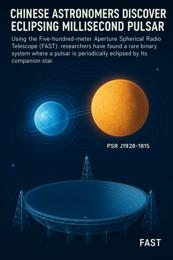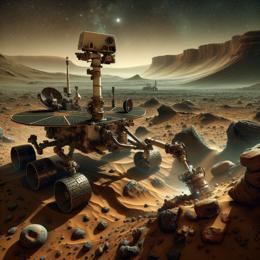Image created by AI
NASA Advances Lucy Mission with New Team of Scientists to Explore Jupiter Trojan Asteroids
NASA has recently expanded the team behind its pioneering Lucy mission, a project launched to investigate the Jupiter Trojan asteroids, which are pivotal in understanding the beginnings and evolution of our solar system. These eight newly selected participating scientists are set to join an elite group exploring one of the most ancient sectors of our solar neighborhood.
The Lucy mission, part of NASA's Discovery Program and managed from NASA’s Marshall Space Flight Center in Huntsville, Alabama, embarked on its ambitious journey in 2021. Its target: the L4 Trojan swarm. This cluster of asteroids leads Jupiter in its orbit around the Sun and holds keys to deciphering the solar system’s early chemistry and dynamics.
Among the critical team members is principal investigator, Hal Levison, from the Southwest Research Institute's Boulder, Colorado office. The team also benefits from the extensive support of NASA's Goddard Space Flight Center in Greenbelt, Maryland, which is responsible for overall mission management, system engineering, as well as safety and mission assurance. Additionally, the spacecraft was constructed and is currently operated by Lockheed Martin Space, based in Littleton, Colorado.
The primary focus for the newly incorporated scientists will be the first series of asteroid encounters expected to occur in the L4 swarm between 2027 and 2028. Following these pivotal events, the scientists will remain integral to the ongoing analysis and data interpretation, potentially extending their involvement up to 2030.
This first-time mission to the Trojan asteroids is a significant stride toward broadening our comprehension of the planetary cosmo-fragments that orbit in tandem with Jupiter. These remnants from the solar system's nascent epochs are believed to be trapped in Jupiter’s gravitational pull, thus providing a fossil-like snapshot of the solar system’s formative materials.
The Lucy mission represents a critical step forward in planetary science, promising to deliver unprecedented insights into the complexities of solar system evolution and the processes that have shaped the orbital dynamics of these enigmatic celestial bodies.
For more targeted and detailed information regarding NASA’s Lucy Mission, enthusiasts and scholars can visit the official [NASA Lucy Mission website](https://www.nasa.gov/lucy).










